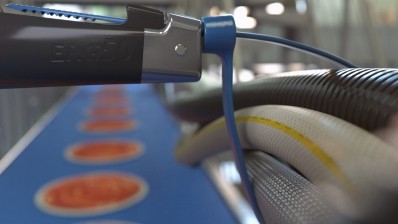News
Global antimicrobial use continues to rise

The report – ‘Global trends in antimicrobial use in food-producing animals: 2020 to 2030’ – found that antimicrobial usage was estimated at 99,502 tonnes of active ingredient, which was predicted to grow to 107,472 tonnes in the next seven years.
China, Brazil, India, the US and Australia were the top 5 consumers in 2020 – together these countries made up 58% of global antimicrobial use and were predicted to remain the top 5 in 2030.
Pigs and chicken
Estimates of antimicrobial use intensity in 2020 for pigs remained comparable to that for 2017 (173 vs 193 mg/PCU), while chicken halved again (148 mg/PCU for 2010, 68 mg/PCU for 2017, 35 mg/PCU for 2020), despite the continued growth of the poultry production market.
The report said this could be attributed to numerous husbandry factors that have been applied extensively throughout the chicken industry. One example posited that countries may have switched from medically important antibiotics to the use of ionophores which are not included in AMU data published by most countries, as they are not considered veterinary medicines.
In the UK between 2013 and 2017, despite the use of medically important antibiotics declining from 94 tonnes to 14 tonnes, its use of ionophores went from 209 tonnes to 281 tonnes during the same period, keeping its overall AMU relatively stable [31]. Another explanation could be changes in chicken breeds.
Slow-growing chicken
In the Netherlands, antimicrobial use reduction in chickens could be explained by their large-scale transition from fast-growing to slow-growing chicken breeds, which have been shown to require fewer antibiotic treatments due to their improved overall welfare.
Tetracyclines were the most commonly used antimicrobial overall (33,305 tonnes) and were predicted to increase by 9% by 2030.
Asia was identified as a hotspot of antimicrobial usage, accounting for 67% of the world’s total use. Key areas included eastern China, southern India, western South Korea, Bangladesh, Pakistan and north-west Iran.
Meanwhile, there has been a marked increase in antimicrobial resistance to certain antimicrobials but no significant increase in resistance since 2014, a report from the Food Standards Agency on Campylobacter from retail chicken has revealed.

















